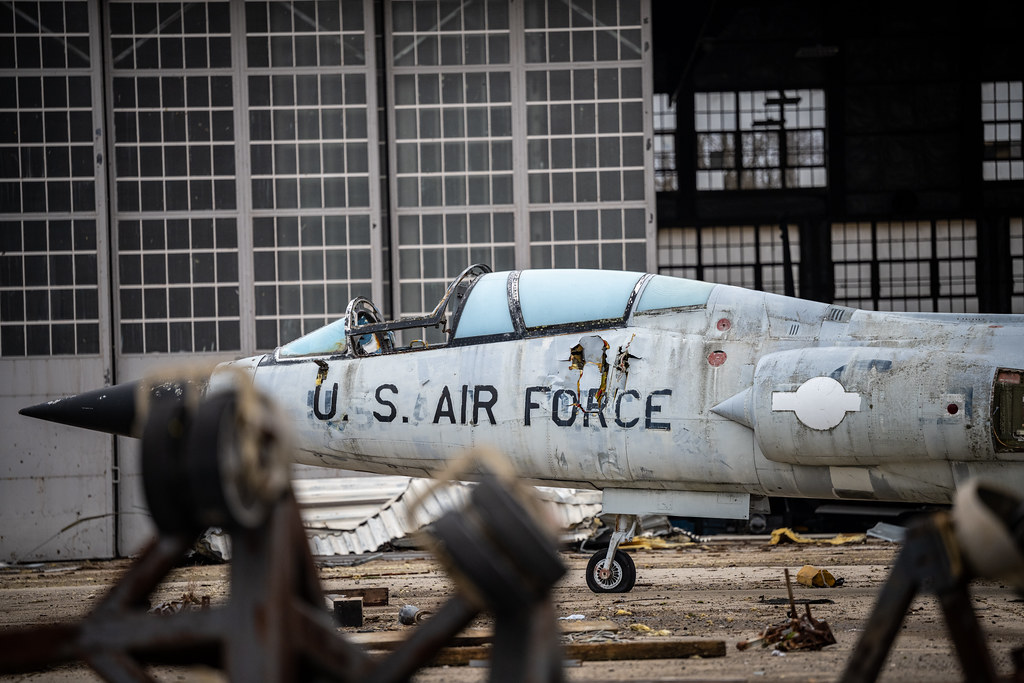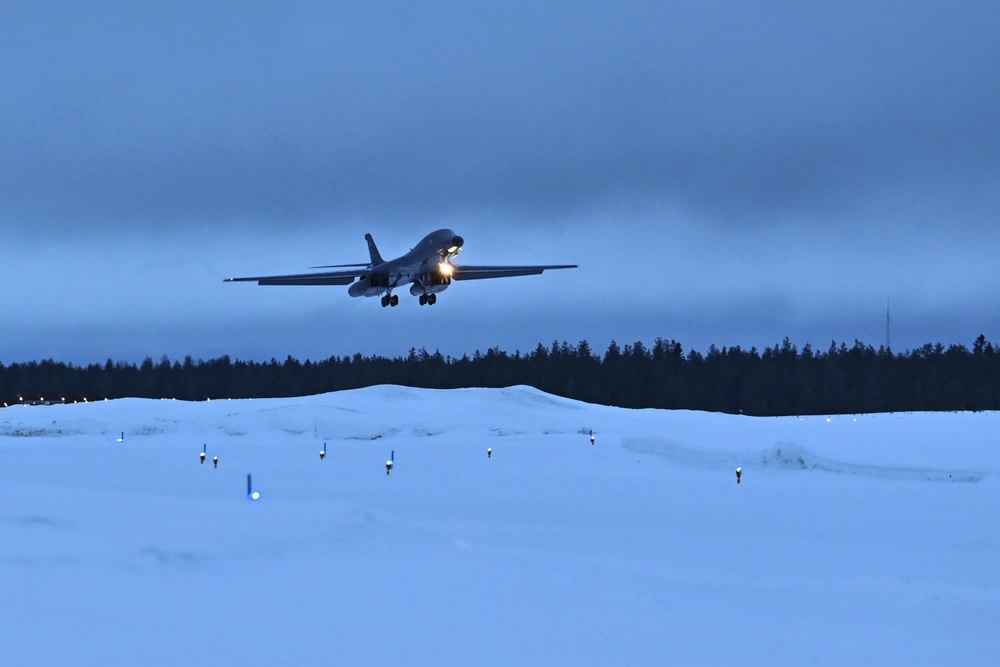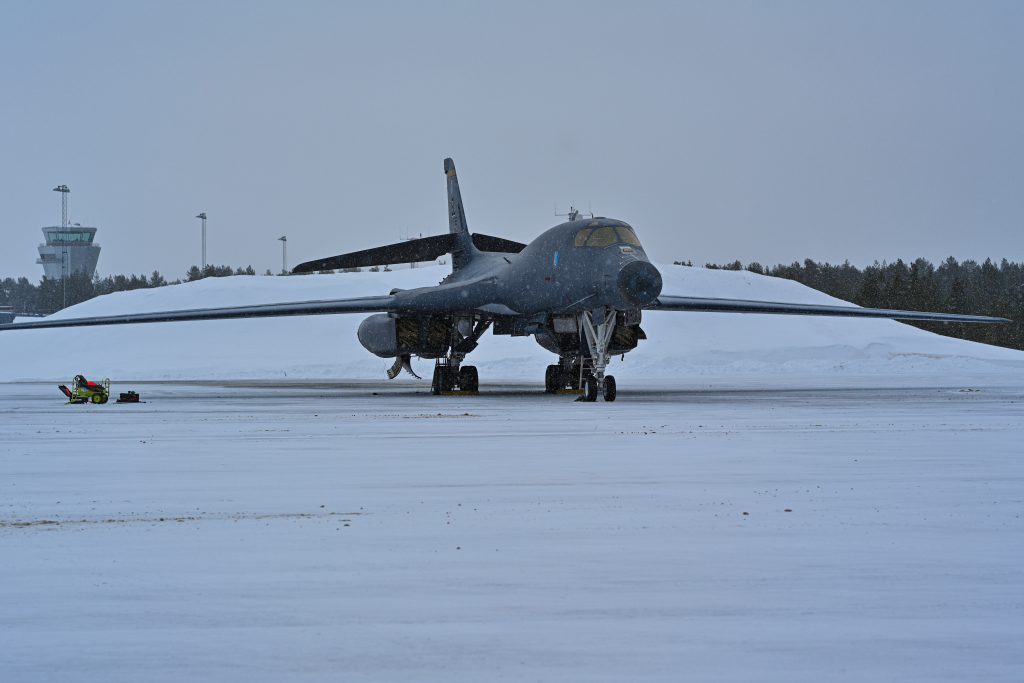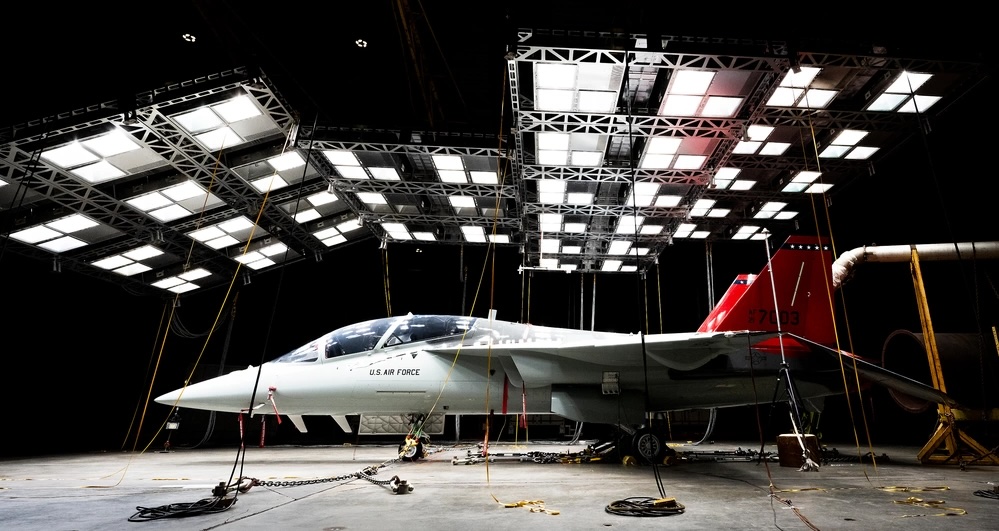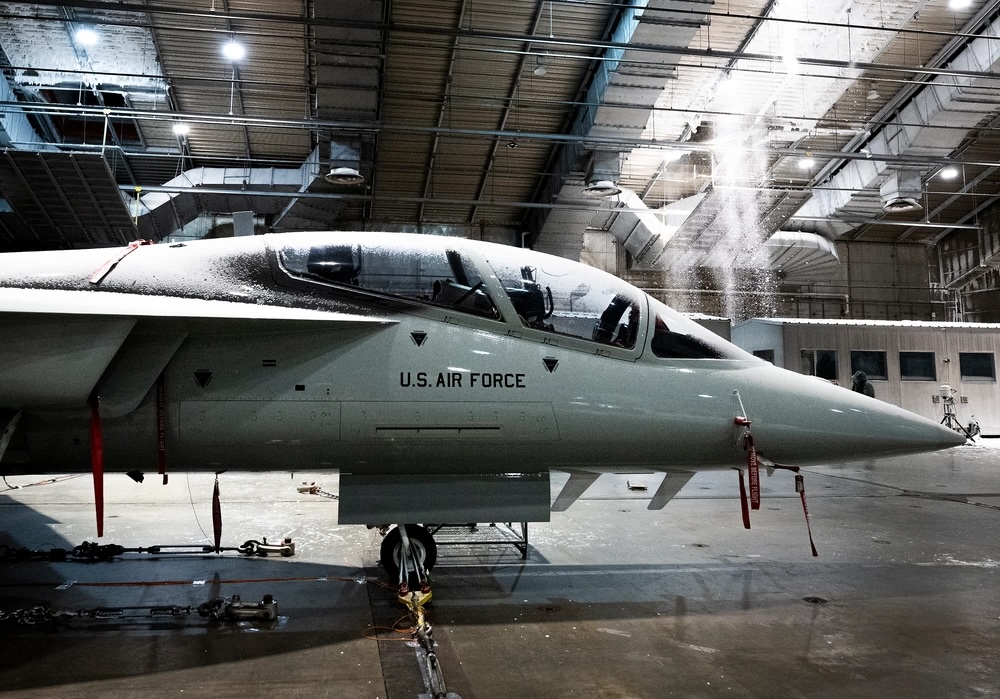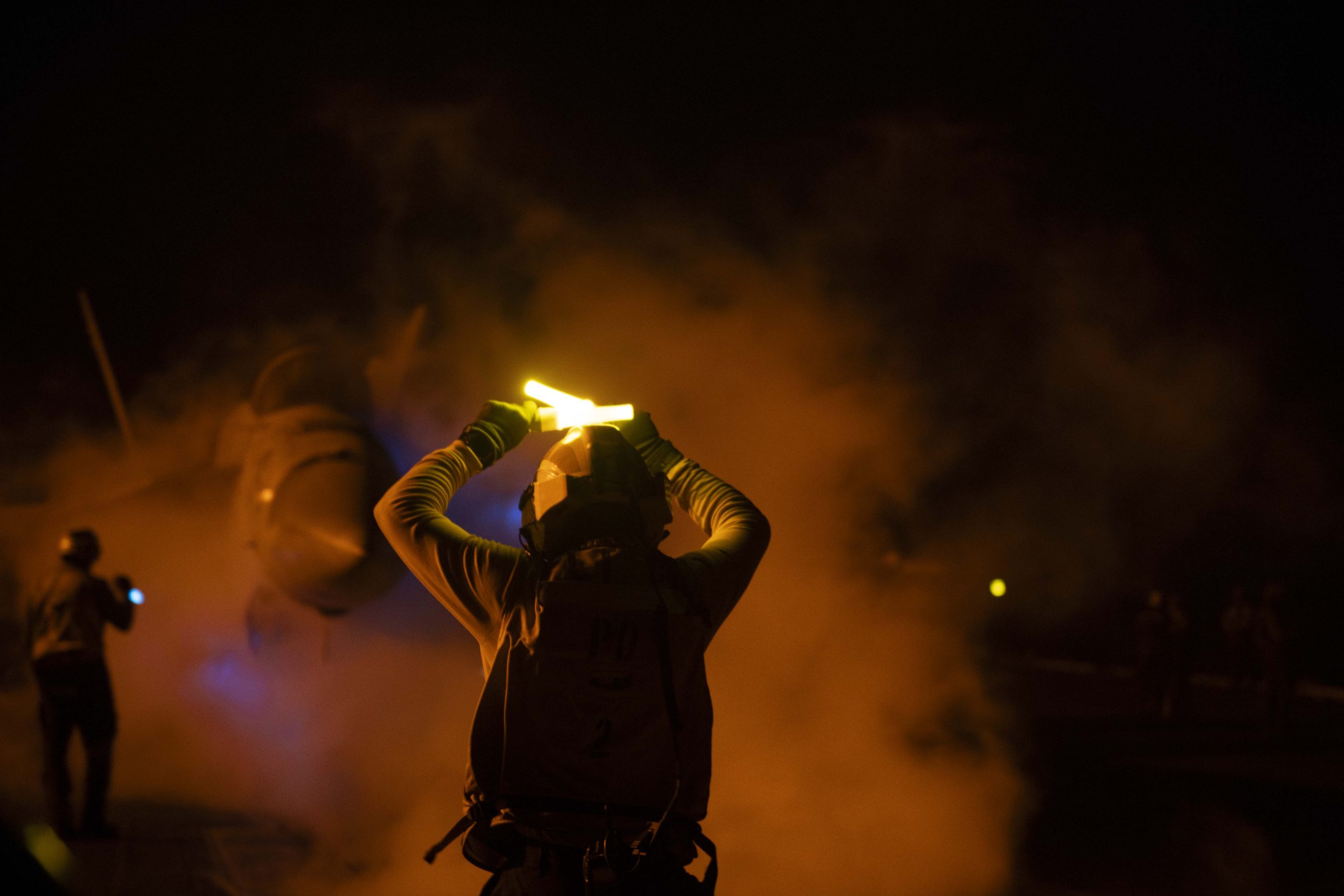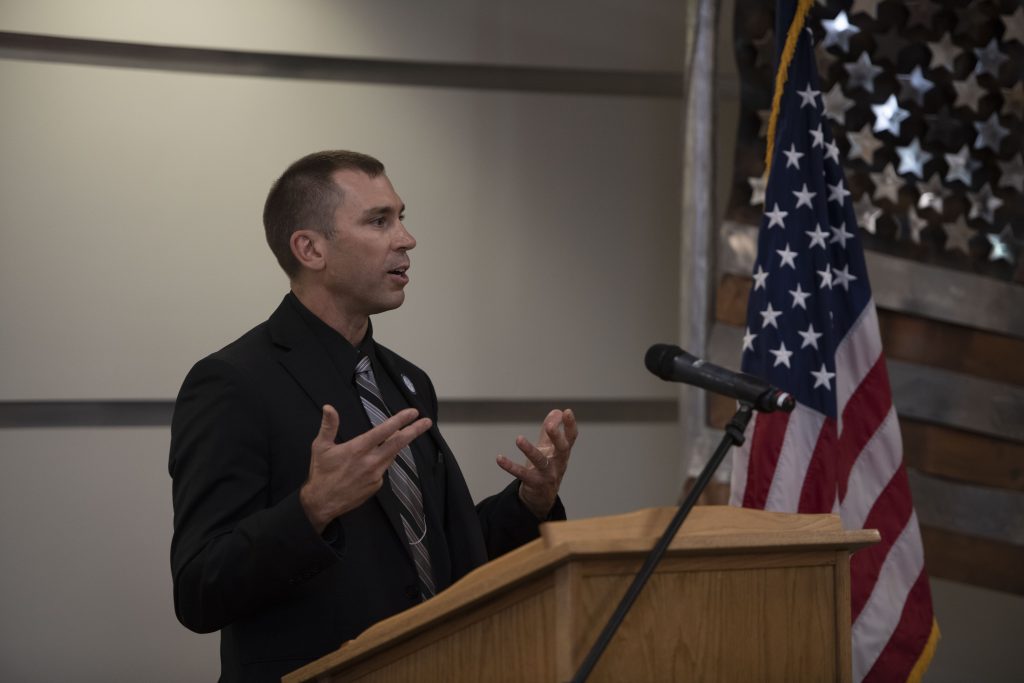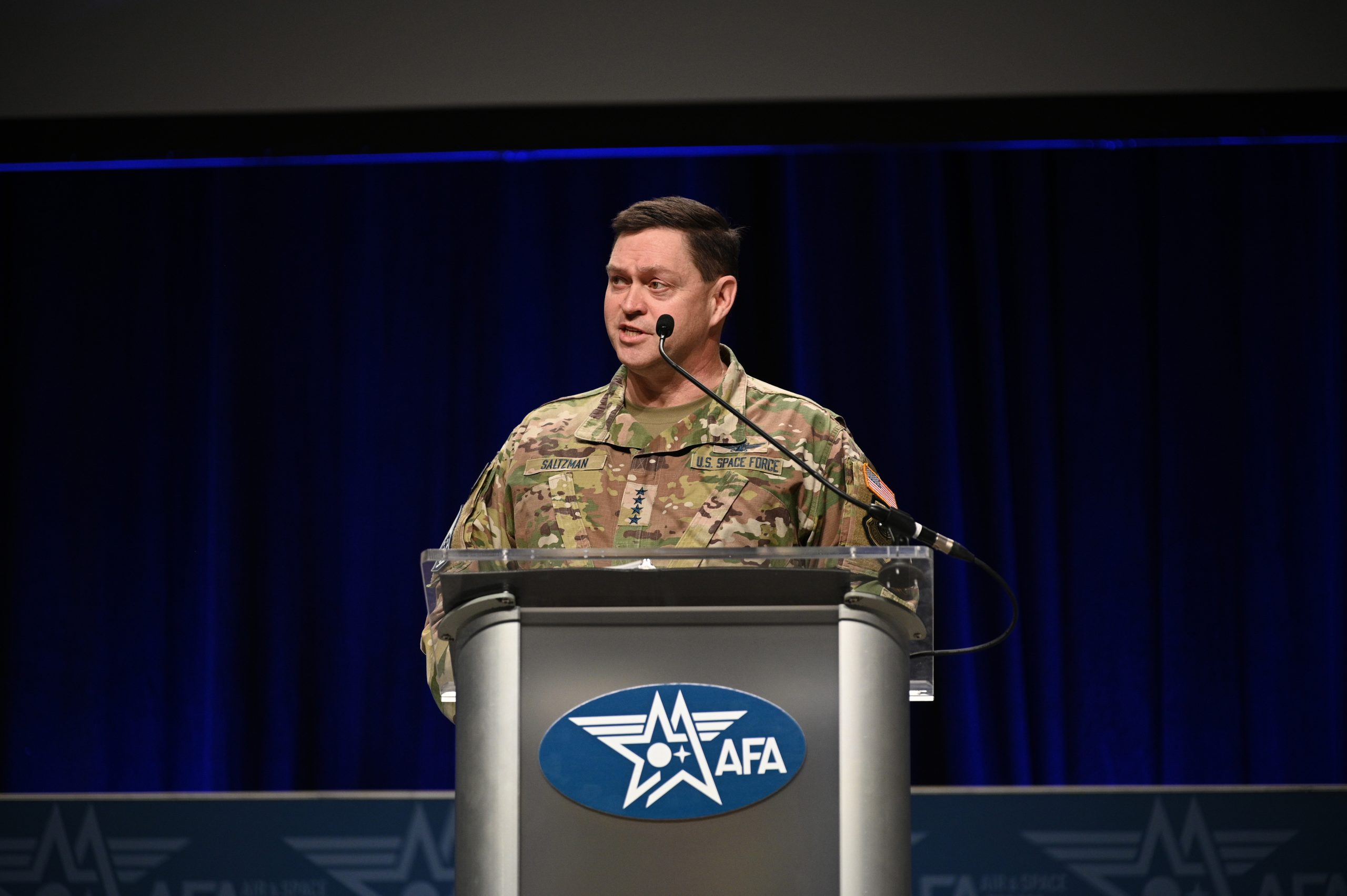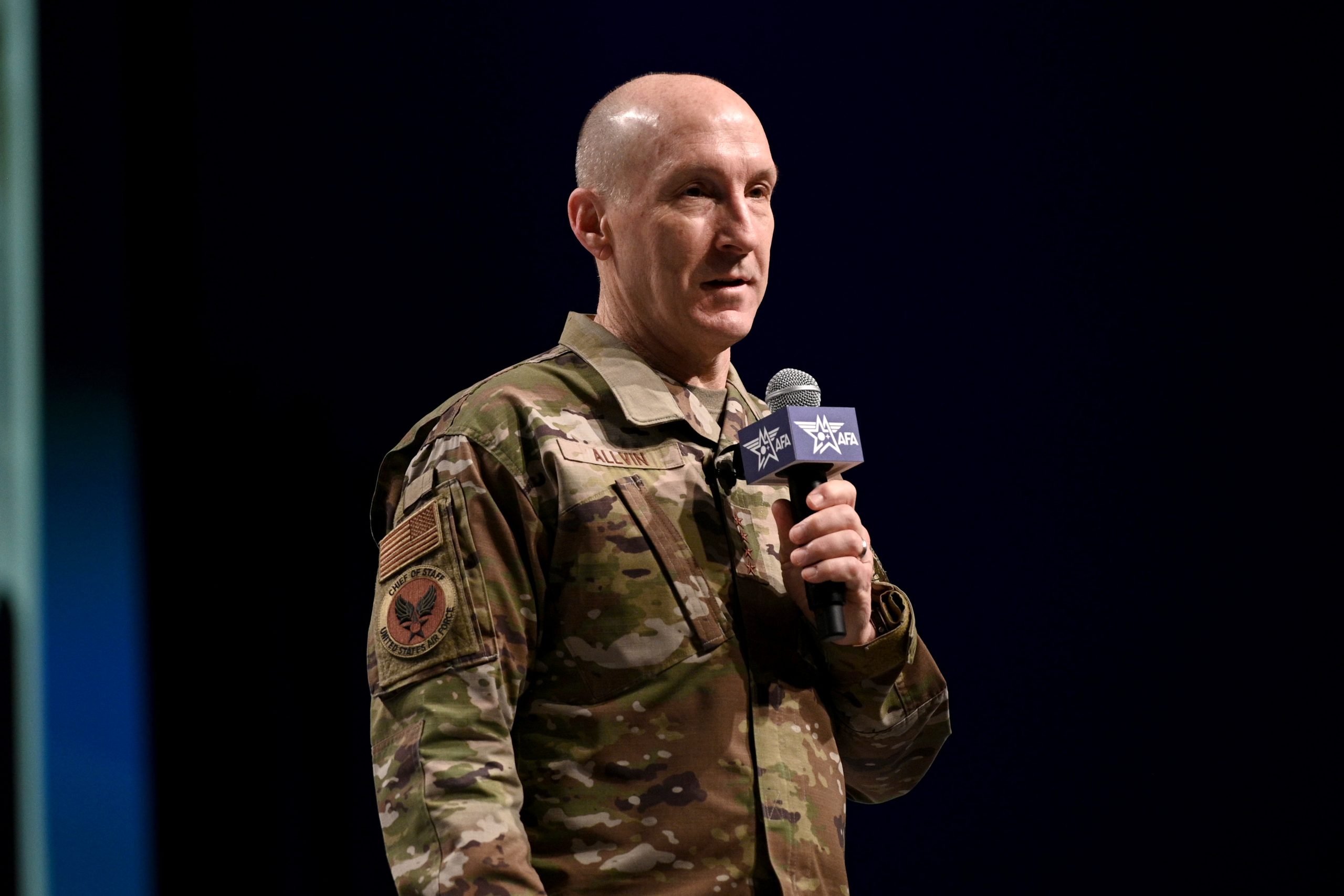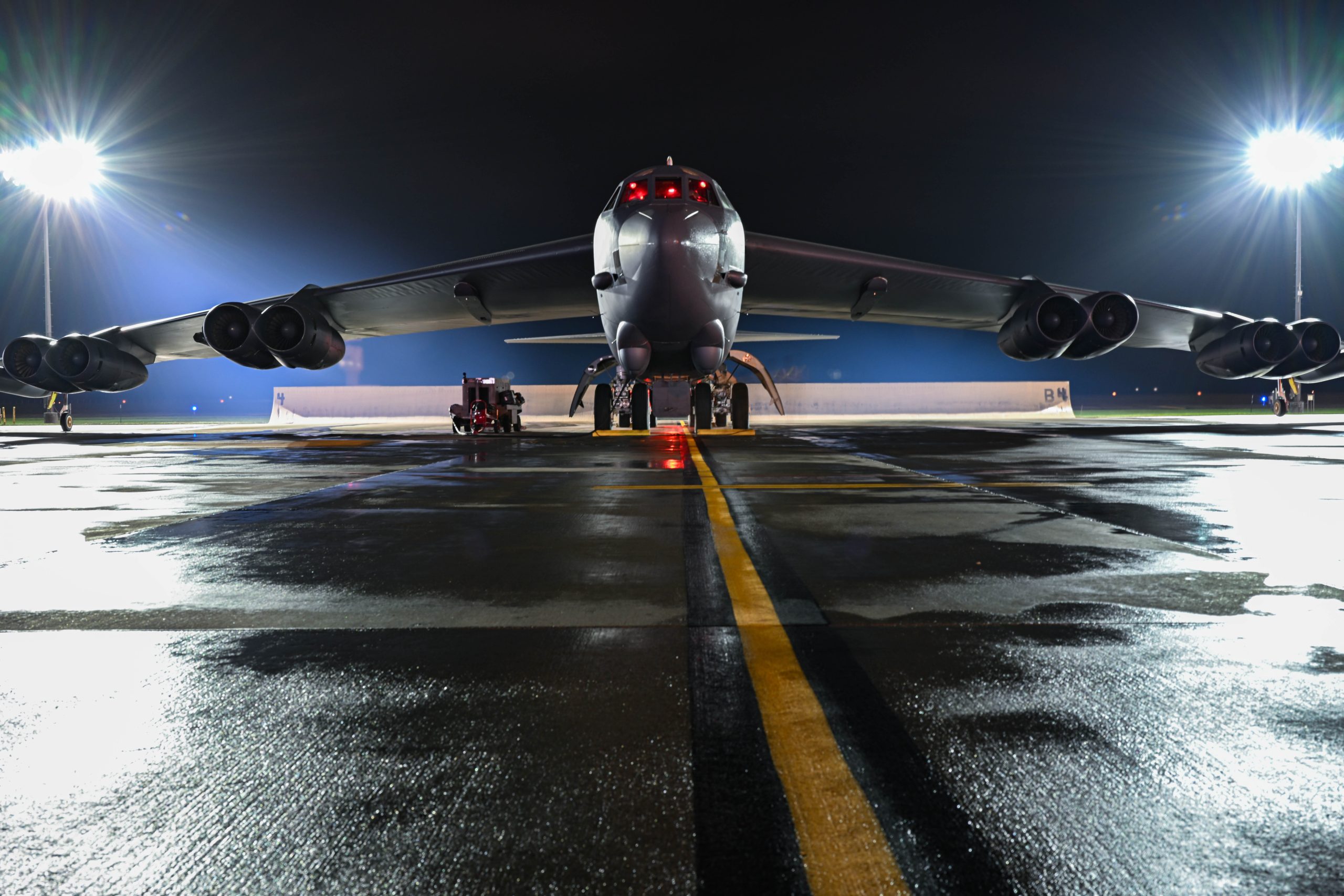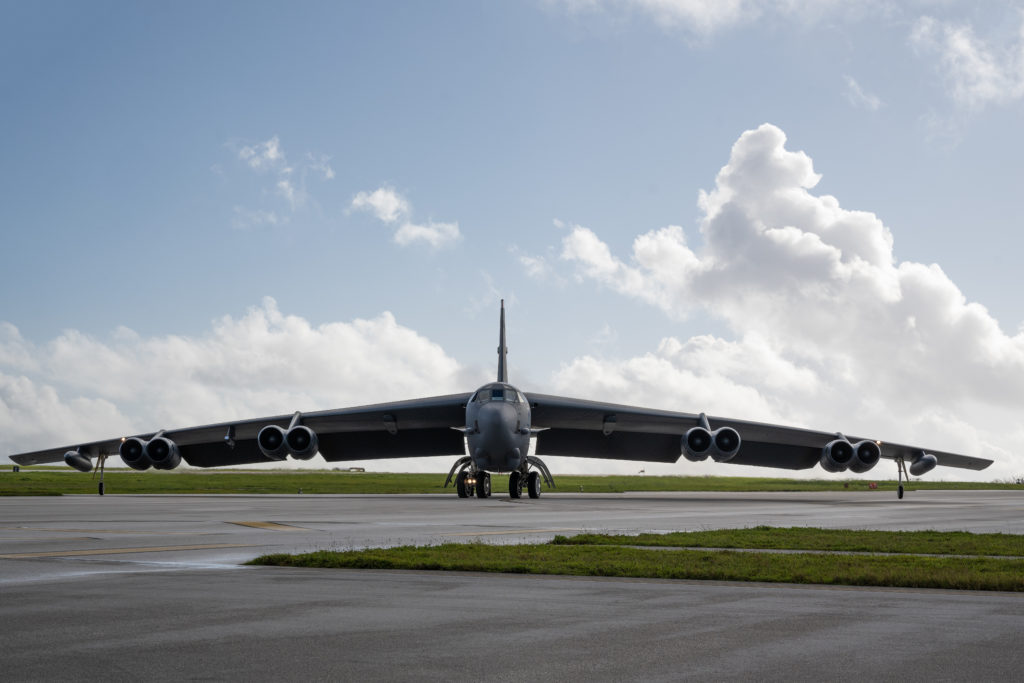Editor’s Note: This story has been updated with additional details from the 88th Air Base Wing.
Engineers are assessing damage at Wright-Patterson Air Force Base, Ohio, and the National Museum of the U.S. Air Force after an early-morning tornado struck the base on Feb. 28. Jaima Fogg, a spokesperson for the 88th Air Base Wing, confirmed on Feb. 29 that there were no injuries, but “it will take some time for a full report” of the damages. Photos showed extensive damage to historic buildings and aircraft.
The base commander, Col. Travis Pond, said in an initial assessment that the damage was isolated to the southern side of Area B.
“Our initial focus right now is on safety and damage assessment,” he said in a statement. “I can’t speak highly enough about our security forces, Fire Department, and civil engineer Airmen for their quick response and hard work to assess damage and determine a path forward for restoring operations as quickly as possible.”
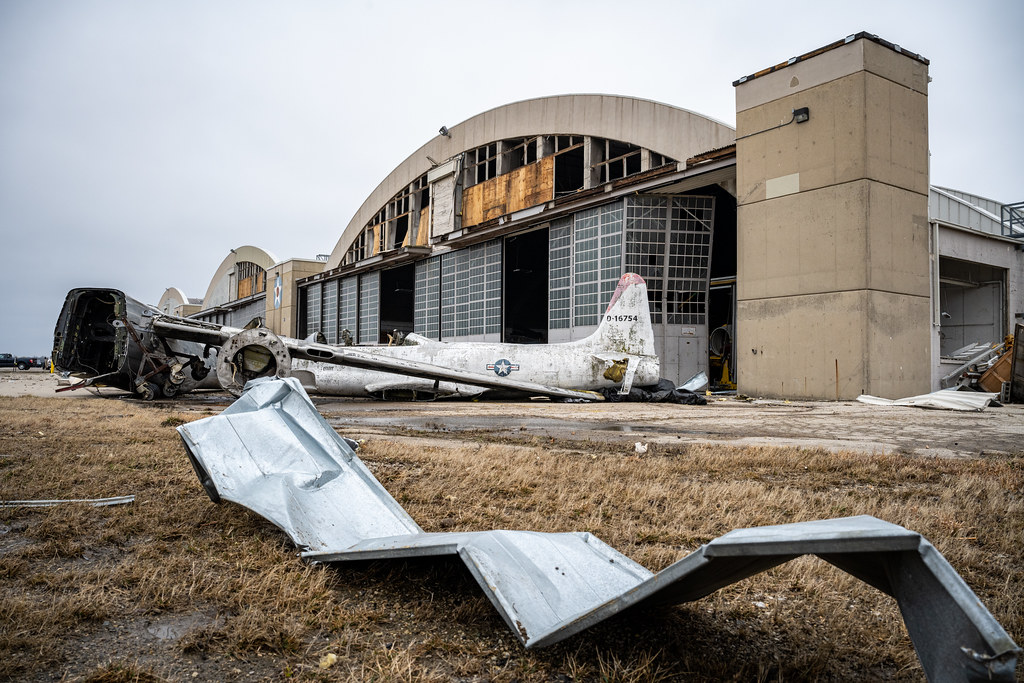
The Air Force Research Laboratory’s Building 620, the Area B Fire station, and the privatized military housing community known as The Prairies was also damaged, and there a temporary power outage and closure around Gate 22B, but the base was otherwise operating under normal conditions.
“The 88th Air Base Wing does not have a flying mission so there was no impact to that,” Fogg added. “The 445th Airlift Wing operates from Wright-Patt but there was no damage to their aircraft or facilities.”
The public area of the National Museum of the U.S. Air Force was not damaged and the museum operated as normal on Feb. 28, Fogg explained. The damaged hangar is used to restore aircraft for display at the museum.
Photos uploaded to the base’s Flickr page showed considerable damage to two Cold War-era jets, an F-104 fighter, and a T-33 trainer, and to the hangars behind them. The photos also showed significant damage to the entrance of an Air Force Research Laboratory building. The base did not immediately respond to questions about whether other aircraft or artifacts were damaged. Other photos showed workmen clearing roads of fallen trees.
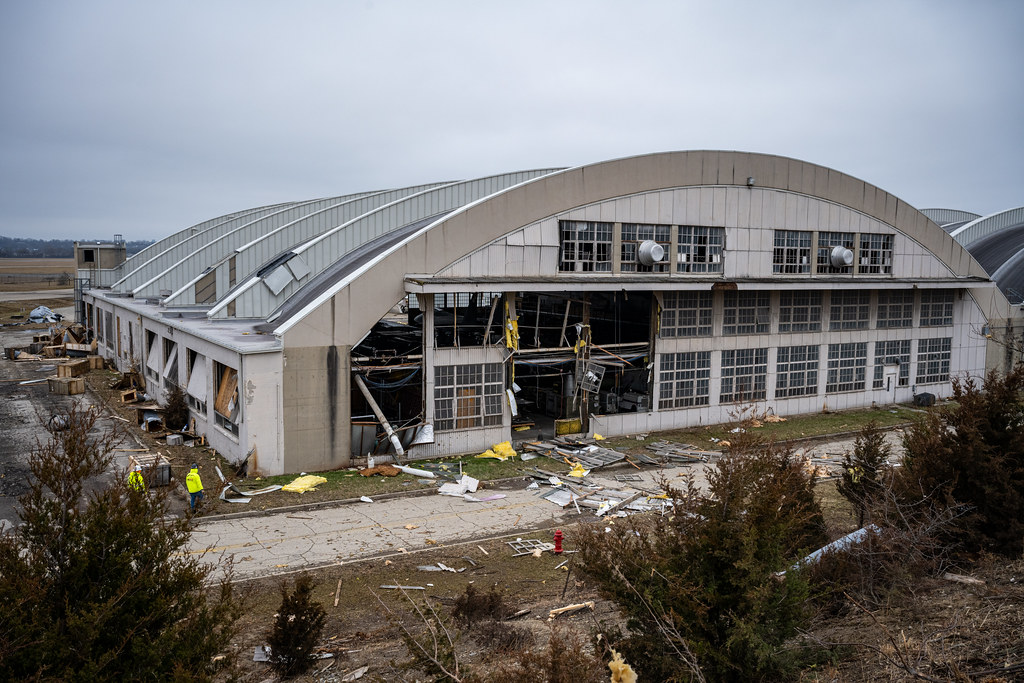
The Dayton Daily News reported some injuries, power outages, and damage in the nearby town of Riverside, with one account of furniture flying out of a store window.
Wright-Patterson also hosts the headquarters of Air Force Materiel Command, which oversees the research, development, procurement, testing, and sustainment of Air Force weapon systems. The base also features The National Air and Space Intelligence Center, an airlift wing, an intelligence, surveillance, and reconnaissance wing, and a range of other units and offices. The 100-year-old National Museum of the U.S. Air Force is the world’s largest military aviation museum and features hundreds of aircraft and spacecraft spread over 20 indoor acres and outdoor parks, according to its website.
